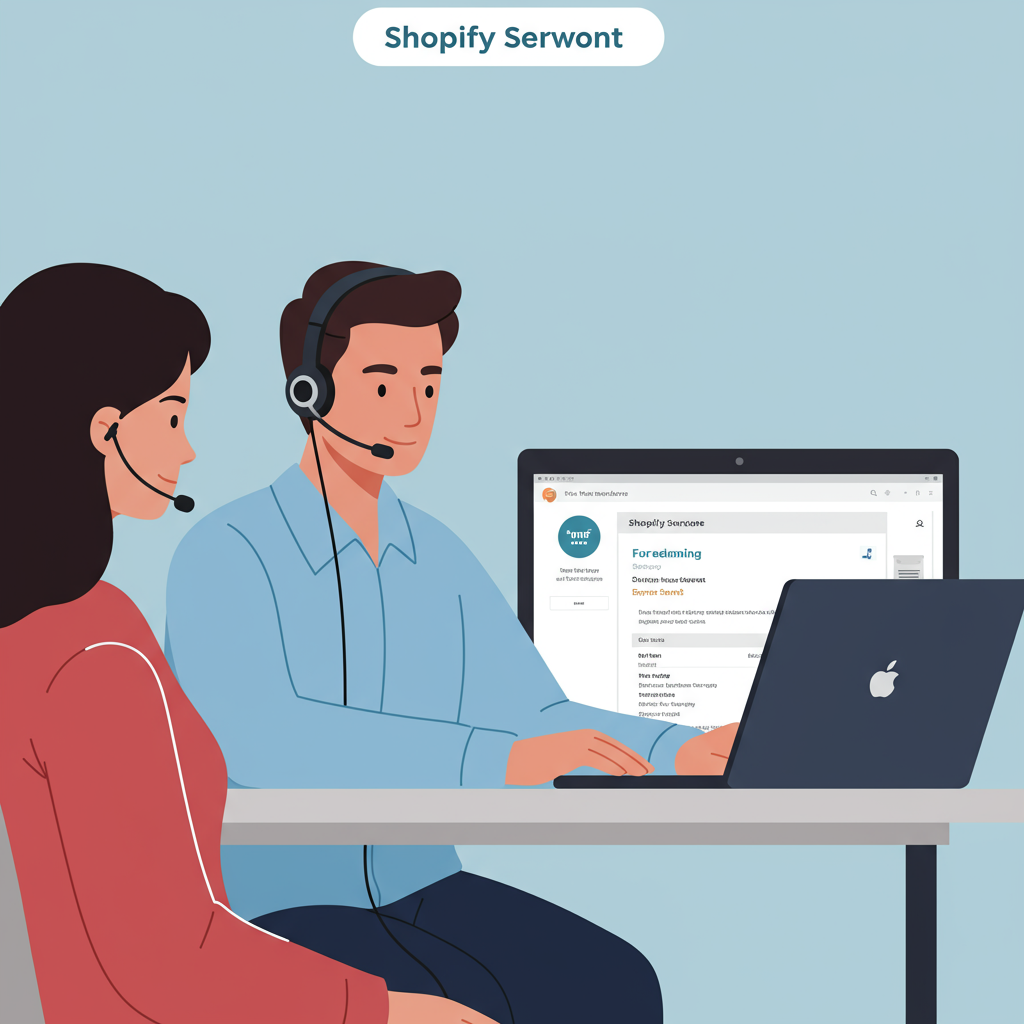Transforming challenging interactions into opportunities for loyalty and growth on your Shopify store.
As a Shopify merchant, I’ve learned that running an online store isn’t just about products and sales; it’s deeply about people.
And with people, inevitably, come emotions. Sometimes, those emotions can be frustration, disappointment, or even anger.
It’s a scenario every merchant faces: an angry customer. Perhaps a package was delayed, a product wasn’t as expected, or there was a misunderstanding.
How we choose to handle these moments can define our brand’s reputation and our customers’ long-term loyalty.
My goal here is to share my approach, a step-by-step guide to navigating these challenging conversations effectively and empathetically.
First, let’s briefly consider why customers get angry. Often, it’s not personal.
It stems from unmet expectations, a perceived injustice, or simply feeling unheard.
Understanding this helps us detach emotionally and approach the situation with a clearer mind.
The absolute first principle I adhere to is: Stay Calm. This is easier said than done, especially when you feel unfairly attacked.
When that angry email or chat message comes in, my immediate reaction is to take a deep breath. Sometimes, I even step away for a minute.
Responding impulsively, defensively, or with matching anger will only escalate the situation.
Once calm, I focus on Active Listening. This means truly hearing what the customer is saying, not just waiting for my turn to speak.
Let them vent. Allow them to express their frustration fully without interruption.
Often, simply being heard is a significant part of what an angry customer needs.
Next, I move to Empathy and Validation. This is crucial. Acknowledge their feelings.
Phrases like, ‘I understand how frustrating it must be when your order is delayed,’ or ‘I hear your disappointment about the product not meeting your expectations,’ are powerful.
You’re not necessarily agreeing with their anger, but you are validating their experience and emotions.
Following validation, I always Apologize Sincerely. Even if the issue isn’t directly my fault (e.g., a shipping carrier delay), I apologize for the inconvenience or frustration they’ve experienced.
An apology isn’t an admission of guilt; it’s an expression of regret for their negative experience.
For example, ‘I’m truly sorry this has caused you so much frustration,’ or ‘I apologize for the inconvenience you’ve faced.’
Once they’ve vented and you’ve empathized, it’s time to Gather Information. Ask clarifying questions.
What exactly happened? When did it occur? What is their order number? Use your Shopify admin to quickly pull up their details.
Having all the facts at hand prevents misunderstandings and helps you formulate an appropriate solution.
Now, the critical step: Offer Solutions. This is where you turn the tide.
Present clear, actionable options. Can you offer a refund, a replacement, a discount on a future purchase, or detailed instructions to resolve their issue?
Whenever possible, empower them to choose from a few viable solutions. This gives them a sense of control and agency.
Be realistic about what you can offer. Don’t promise what you can’t deliver, as that will only lead to more anger.
Once a solution is agreed upon, Follow Through Promptly. If you promise a refund, process it immediately through your Shopify admin.
If you promise a replacement, ship it out as soon as possible and provide tracking information.
What do you think about this article so far? Is there anything you’d add or change?
Leveraging Shopify’s tools can streamline this process. Use the order notes section to document every interaction.
Utilize Shopify’s built-in email or integrate a customer service app for organized communication.
The refund and return processes are straightforward in Shopify, making it easy to execute solutions quickly.
Beyond reactive measures, I also focus on Preventative Measures. Clear product descriptions, accurate sizing charts, and transparent shipping policies reduce potential misunderstandings.
An easily accessible FAQ page can answer common questions before they escalate into frustrations.
Proactive communication, like sending shipping updates or delay notifications, can also prevent anger from brewing.
Finally, know When to Escalate or Say No. While empathy is key, there are limits.
If a customer becomes abusive, uses profanity, or makes unreasonable demands, it’s okay to set boundaries.
You can state, ‘I understand you’re upset, but I cannot tolerate abusive language. If you continue, I will have to end this conversation.’
In rare cases, it might be necessary to refuse service or escalate to a higher authority if you have a team.
Handling angry customers is never pleasant, but it’s an invaluable skill for any Shopify merchant.
It’s an opportunity to demonstrate your commitment to customer satisfaction and potentially turn a negative experience into a positive, loyalty-building one.
Remember, a customer whose problem is resolved effectively often becomes your most loyal advocate.
It takes practice, patience, and a genuine desire to help.
You’ve got this.






